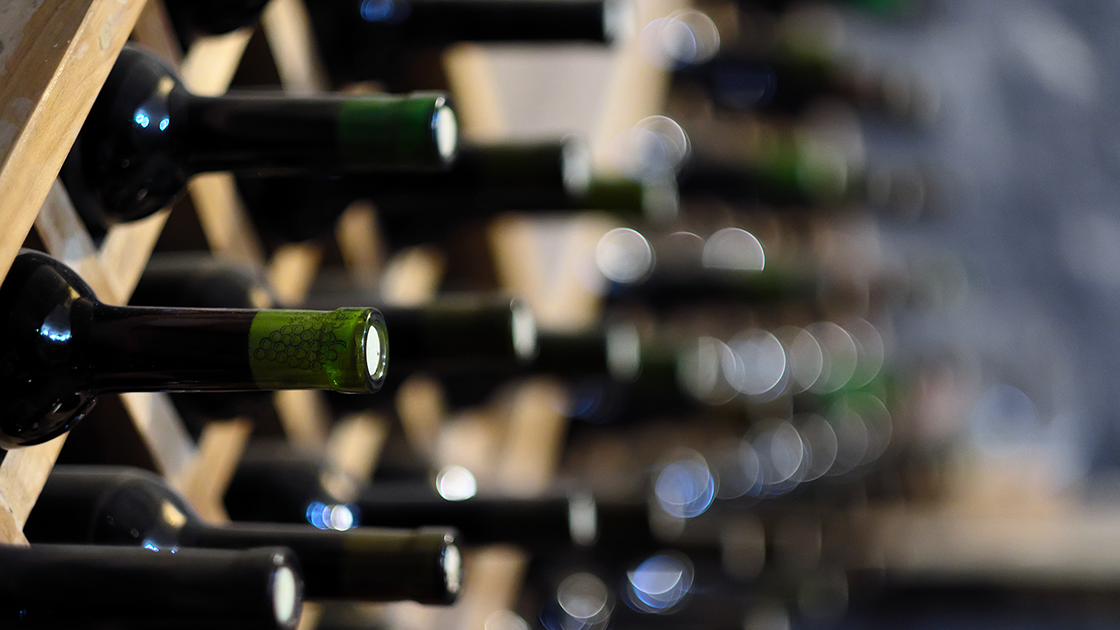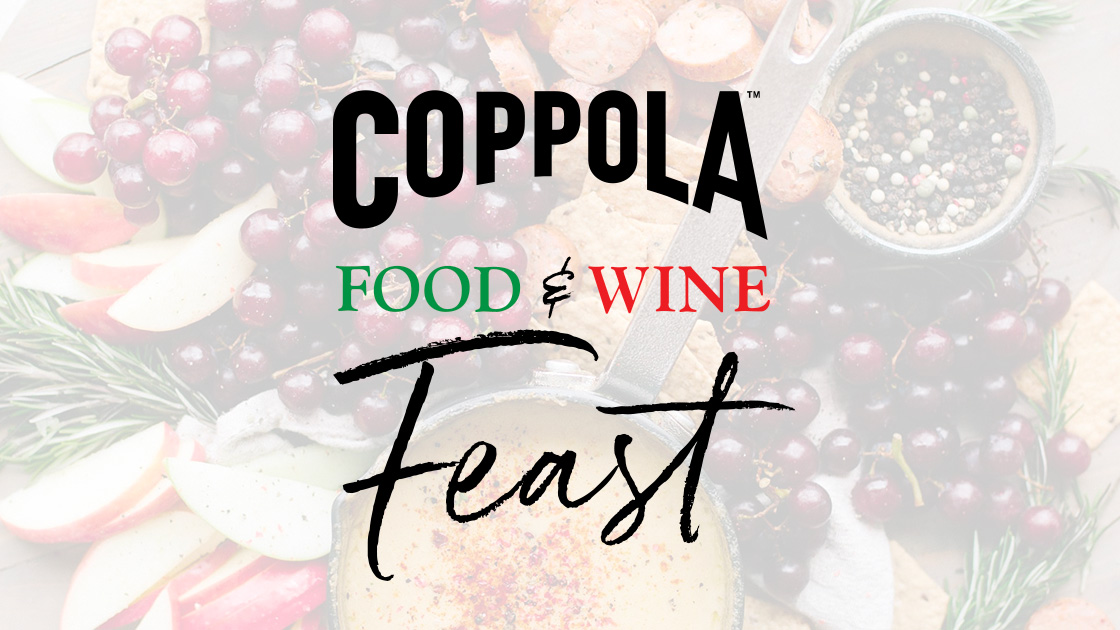Why Do Wines Get Scored and Why Should I Care?
wine 101
By Meghan Rech, Associate Winemaker

Why Score Wines & Why Care?
There are more than thirty billion bottles of wines produced each year around the world, with California contributing close to four billion. Some of these wines never make it to a retail market but many do. What does a wine lover do when faced with such staggering numbers? One potential option is to pay attention to a wine's score.
Wine reviewers typically taste hundreds of wines each year, and, as they do, acquire extensive knowledge.
Critics are not tasting to see if they like a wine. A critic assesses whether a wine is varietally and regionally correct and is looking at its individual attributes with respect to clarity, aroma, color, and taste. Although personal preferences are unavoidable, a good reviewer can distinguish between personal and professional tasting.
These assessments, along with many others, are why it can be helpful to take a wine's numerical rating into consideration.
A Wine's Report Card
A good way to think of a wine's score is as a report card, with the critic as teacher and the wine as student.
Reviewers, like teachers, have different approaches. A benefit of getting to know several critics is that you learn each one's likes and dislikes, their perspective, and their purview. One critic might consider only large productions while another may focus exclusively on boutique wines. One reviewer may prefer big fruit-forward wines, while another may find delicate wines more appealing. Just as finding the right teachers in college enhances your education, so too, does finding the right critic for you, enhance your enjoyment of wine.
Wine scores roughly equal letter grades. A score of "90," for example, is like an "A;" "95" equals an "A+." Wines that receive ratings in the high 80s are equivalent to an "A-" or "B+."
Experts v. Consumers
Good wine critics and reviewers have the skill to set aside personal preferences when tasting professionally. Most taste "blind," which means they do not know the producer or price point, and only have general information on the wines (variety and/or region) and vintage. This is as close to an unbiased assessment as you can get.
However, wines are typically tasted in a sterile environment and not as a typical consumer tastes. There is no food, except for a few things to refresh a critic's palate now and then, and little, if any, conversation. A wine tasted in this context will show itself differently than it will at a table with friends ready to share a delicious meal. The environment makes a big difference on the impression a wine makes.
Most reviewers are highly trained and have acquired physical knowledge that informs their ratings. If you do not agree with a critic's rating, do not worry about it, and above all, do not be discouraged. It is okay if you find a 92-point wine unpleasant. Taste, in the end, is a personal experience. Reviewers can be a great guide, but they don't have the final say on what we like.
Keep in mind that the more wines you taste, the more you learn. If you see an interesting wine in your price range, give it a try!
An excellent way to get to know a critic's scope and preferences is to explore his or her web page. Eventually, you'll find a critic or two with a palate that resonates with yours and that you can trust.
No Score? No Problem.
Not all wines are rated. This does not mean a wine is subpar or that it should be dismissed or overlooked. Although some reviewers seek out some of the wines they rate, most only score wines which are sent to them. The same is true of wine competitions; all wines are submitted, not chosen. Scores help inform which wines experts rate highly, but your enjoyment of a product is paramount.
A Favorite Rating
I’m so proud of our 2017 Sofia Brut Rosé. Our sparkling rosé is made in a different style than many others on the market today and holds its own alongside others in this category. It’s delicate color, fruit-forward aromatics, and lively effervescence is appealing and inviting. This wine was in the Wine Spectator's Top 100 list and with a score of 88 points, it earned a place on the Top Values list for the Sparkling category.


